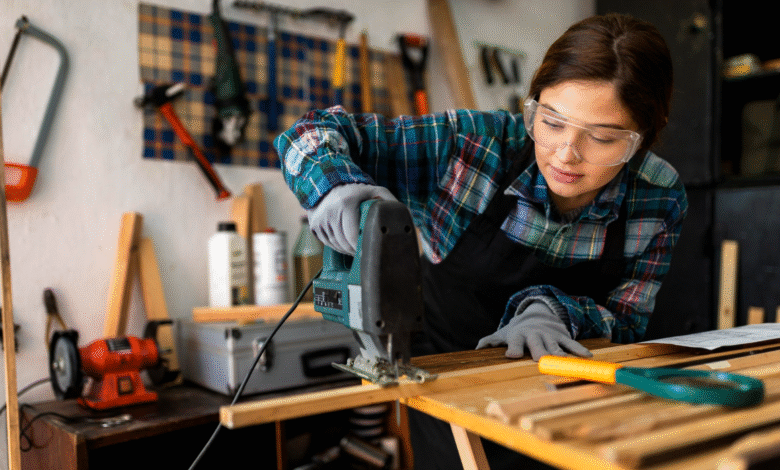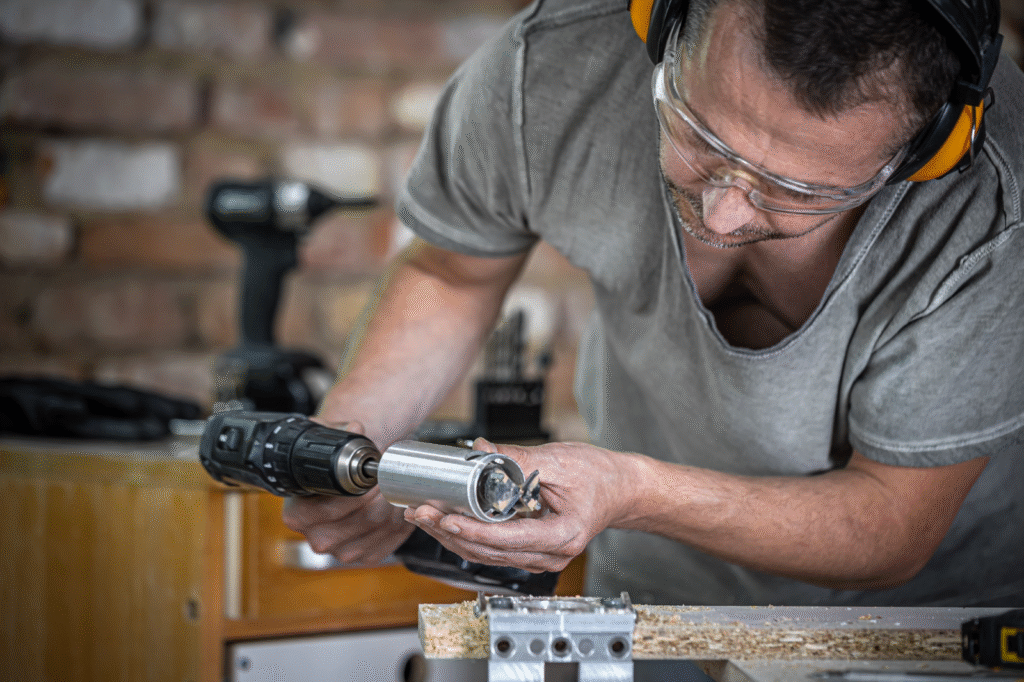Milwaukee Multi-Tool Mastery: Tips and Tricks for Pros

When you are working in a small or uncomfortable area, you understand the benefit of a good multi-tool, and the Milwaukee oscillating multi-tools are some of the best on the market. These tools are versatile and can be used to cut drywall, sand baseboards, remove old adhesives, and even grind metal with speed and precision.
Their distinguishing features include high-performance motors, ergonomic design, and a wide range of attachments. Nevertheless, many users overlook features or tips that can significantly elevate their productivity and outcomes.
In this context, using proper blades, adjusting speed settings, and employing the correct technique can enable multi-tools to provide cleaner cuts and minimize user fatigue. So, whether as a contractor, remodeler, or even a DIYer with a solid foundation, learning to derive the best out of your tool can revolutionize the way you work.
Want to learn more in detail?
This guide includes professional tips and tricks that can help you get next-level performance.
1. Select the Right Blade for the Task
Your Milwaukee multi-tool is the most convenient cordless tool you can own—but it’s only as handy as the blade or attachment that you install on it. Speaking of which, the Milwaukee multi tool kit has a variety of blades for cutting wood, metal, drywall, PVC, and more.
If you choose the correct one, it will provide precision, not wear out quickly, or prevent damage to your material. So, to work with it at its best, don’t opt for general-purpose blades unless they’re truly the best choice.
Rather, keep your blades in a labeled, sorted case by material and tooth count for quicker access. For heavy use, Milwaukee circular-tooth blades are the solution. They’re specifically engineered to withstand the most stress, particularly when cutting screws or nails.
Therefore, when used with the power of a cordless Milwaukee multi-tool, the proper blade can save effort and time on every task. More importantly, if you’re looking to upgrade or replace your tool, be sure to buy from trusted retailers to ensure authenticity, warranty coverage, and support.
2. Maximize Vibration Control Using Proper Grip

Although Milwaukee multi-tools are designed using the latest technologies, such as vibration-reduction systems and ergonomic handles, your grip and handling are still important determinants of performance.
Keeping your hands in the correct position maintains control, particularly for accuracy-critical operations such as plunge cuts, notching, or fitting into small spaces. Additionally, using a two-handed grip significantly helps reduce fatigue and improve accuracy throughout longer sessions.
It is especially useful when handling tight materials or making delicate, controlled cuts. You should also always gently place the front of the tool on the surface first prior to using it.
This controlled grip technique prevents the sharp blade from gliding roughly, maintains your cut in good alignment, and reduces vibration. Hence, with wood, metal, or tile cuts, the combination of Milwaukee tools’ built-in stability with the right grip technique yields smoother, safer, and more professional finishes on every project.
3. Tune Speed Controls for Superior Performance
Variable speed dials or electronic speed controls are found on the majority of Milwaukee multi-tools. Don’t let it go to waste. Remember, lower speeds are best for metal cutting or sanding something very thinly, whereas higher speeds are best for stripping heavier wood.
Furthermore, use lower speeds when cutting PVC, laminates, or other materials that are prone to melting or chipping. As a result, you’ll achieve cleaner edges and prevent heat buildup that can warp your workpiece or damage your blade.
4. Use a Depth Stop for Consistent Cuts

One of the easiest ways to achieve pro-grade accuracy is by adding a depth stop accessory, particularly when cutting outlet holes, notching wood, or spackling grout. That said, the Milwaukee depth stop kit is user-adjustable and simple to add. However, many pros ignore this feature in the setup.
For this reason, to ensure accuracy when precision is a concern, indicate the cut depth on the material and set the depth stop accordingly. It will not only protect wiring or plumbing behind walls, but it will also ensure your cuts look professional and clean every time.
5. Cut Smart in Tight Areas
Multi-tools really excel in situations where circular saws or reciprocating saws simply can’t work efficiently. Additionally, for detailed work such as undercutting door jambs or flush cutting trim, the position and placement of the trim blade are crucial.
In this context, to create undercuts, use a flat blade and hold the tool upside down, allowing gravity to guide the cut. You can also tape off surrounding surfaces to prevent overcuts or scuffing by mistake.
6. Don’t Forget Dust Control
Although oscillating tools do not generate nearly as much dust as some power tools, drilling drywall, grout, or softwood will still produce fine dust. That said, this long exposure to dust can clog your tool, dull blades, and compromise indoor air quality.
To prevent this, utilize a dust extraction attachment when working indoors or on sensitive remodels. If that is not feasible, make cut-outs in short pieces and vacuum your floor in between.
Conclusion
The Milwaukee multi-tool is a powerhouse in the hands of any professional, but like any great tool, its true potential shines when used with skill, precision, and a little strategy.
From choosing the right blade and speed setting to grip techniques and maintenance habits, the mentioned tips and tricks help you get the job done faster—and better.
As a consequence, the Milwaukee multi-tool isn’t just about convenience—it’s about working with confidence, efficiency, and pro-level results every time.




